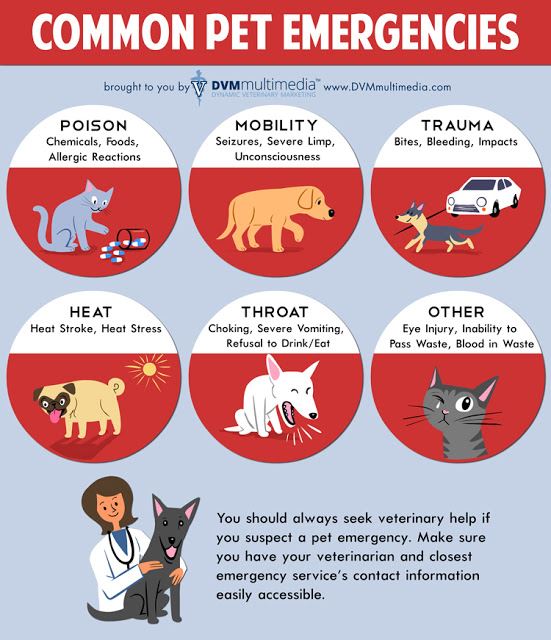What are the fundamental principles of first aid for pets?
Although urgent medical emergencies are rare for dogs and cats, being equipped to handle such situations can be beneficial. Regardless of the cause of the emergency, adhering to a few essential steps can assist you in regaining control swiftly. These principles include:
• Remain composed and evaluate the situation.
• Ensure the airway is clear.
• Manage any bleeding.
• Obtain veterinary assistance.
Essential Animal Care Utilizing a First Aid Kit.
Here are some fundamental first-aid guidelines for dogs and cats that can assist in stabilizing your pet prior to visiting an emergency veterinary clinic. To ensure safety, consider enlisting the help of a friend or family member to keep your pet calm. Even the most gentle dogs may bite when in pain, so exercising caution is advisable.
1. Apply a clean, thick gauze pad to any cuts or abrasions, maintaining pressure on the wound until the bleeding begins to clot. It is important to sustain this pressure for a minimum of three minutes before assessing whether the bleeding has stopped.
2. Keep your pet as calm and warm as possible. If they appear to be cold, you may gently wrap them in blankets.
3. In the event of suspected broken bones, locate a flat surface, such as a board or stretcher, to transport your pet safely. Additionally, using a blanket or towel to secure them to the surface may be beneficial.
4. Following the administration of first aid, it is imperative to take your pet to the nearest emergency animal hospital.
5. While first aid measures are not a substitute for veterinary care, they can be crucial in preserving your pet’s life while awaiting professional treatment.
How To Perform CPR On Dogs & Cats.
Many pet owners may find it distressing to consider the possibility of their dog requiring CPR; however, it is far more advantageous to be prepared and not need it than to be caught unprepared in an emergency. The procedure for performing CPR on dogs closely resembles that for humans. The following instructions aim to assist you in the event that your dog becomes unresponsive, while also minimizing the risk of being bitten if the dog regains consciousness.
First, eliminate any obstructions.
- Gently open the dog’s mouth and ensure that the airway is unobstructed. If there is an object blocking it, carefully remove it. Next, extend the dog’s head and administer a few breaths. For larger dogs: Firmly close the dog’s mouth and breathe into its nose, ensuring that the chest rises. Administer two breaths at a time. For cats and small dogs: You may cover both the nose and mouth of smaller pets with your mouth while providing breaths, ensuring their chest rises. Take two deep breaths.
Identify the correct hand placement.
- For deep-chested dogs: Position the heel of one hand over the broadest part of the chest and place your other hand directly on top of the first. For barrel-chested dogs: Lay the dog on its back, place one hand over the widest part of the sternum, and position your other hand directly on top. Lock your elbows and ensure your shoulders are aligned above your hands. For cats, small dogs, and deep-chested dogs: Place the heel of one hand directly over the pet’s heart, with your other hand resting on top.
Proceed with chest compressions.
- For dogs weighing over 60 pounds: Aim for 60 compressions per minute. For cats or dogs weighing between 11 and 60 pounds: Target 80 to 100 compressions per minute. For cats or dogs weighing 10 pounds or less: Perform 120 compressions per minute.
Alternate your breaths with compressions.
- The ratio of compressions to breaths should mirror that of humans—30 compressions followed by two breaths. Continue this cycle until your pet shows signs of responsiveness or begins to breathe on its own.


